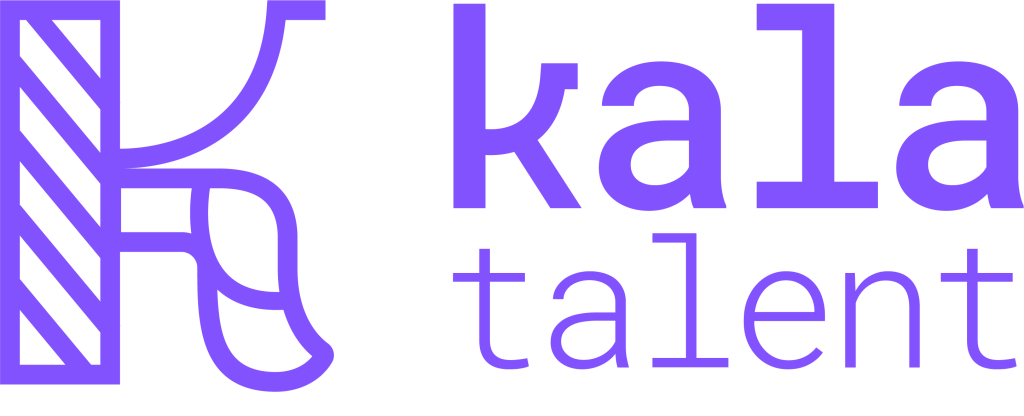Sometimes, developing a hiring plan may seem complicated, bureaucratic, and relegated to the priorities of large corporations. Why? Because startups and small businesses often confront diverse challenges that demands super fast adaptation and prompt problem-solving.
How do we approach this when we don’t know what will happen tomorrow? Well, that’s the secret here. What are the options? What could happen, and how would it impact your headcount?
Thus, the emphasis is on prioritizing the urgent over the important. Is it entirely about this? Absolutely, but do you know why? Establishing this isn’t solely for the sake of this environment. It not only aids in saving money but also sets expectations, celebrates achievements, and fosters a common vision, among many other things. Let’s explore.
It’s not rocket science, but you need to have a structure and start asking questions! Clearly delineating hiring objectives ensures that each recruitment effort aligns with the startup’s overarching goals. It prevents ad-hoc decisions and keeps the team focused on a unified mission. Each step is crucial to formulating the right questions before seeking the answers.
Is your startup prepared for growth and expansion? Is it a priority right now? 💹
What areas will be key to growth in the next quarters? 🤼
What specific milestones can you set for each quarter to gauge the progress of your hiring plan?
And THE topic is (enter the drumroll): Budget. Breaking down the budget pragmatically ensures resource efficiency. It allows your company to make informed decisions, allocating funds where they matter most for optimum results.
Time planning: A carefully crafted timeline brings structure to your hiring process. It sets realistic expectations, ensuring that each step is well-considered and contributes to the overall efficiency of the plan.
💡Tip: Regularly assess and adjust the hiring timeline to maintain agility and respond swiftly to the demands and changes in your company. Having priorities in deadlines will be key for execution, and always have a plan B prepared.
Recruitment strategy: Your strategy defines how you’ll attract top talent. It’s not just about posting job openings; it’s about creating a process that will be a key part of your work culture.
Working on a description plan. Well-defined role descriptions are like the building blocks of your team. They set expectations, align responsibilities, and serve as a foundation for finding the right talent.
As we navigate through this process, it becomes evident that a well-structured hiring plan is not a luxury but a necessity. The outlined questions, objectives, and milestones serve as guiding principles, aligning each recruitment effort with the overarching goals of the startup and fostering a sense of purpose within the team. This ensures that decisions are not impromptu but intentional, contributing to a unified mission. What is most crucial is sharing the same vision as part of a team.
Regularly reassessing and adjusting the hiring timeline adds a layer of agility, allowing swift responses to dynamic demands and changes, because, of course, everything changes all the time.
Prioritizing deadlines and having a prepared plan B are crucial elements, but establishing a hiring plan will always be a great guide, especially in the dynamic environment we are a part of. Evaluating ideas, setting goals, and grinding solutions for possible issues make each organization super well-prepared, which, of course, can be a dealbreaker for tech companies.
Would you like to receive the PDF with all the correct answers to start providing accurate responses to yourself? Just complete your mail below.



